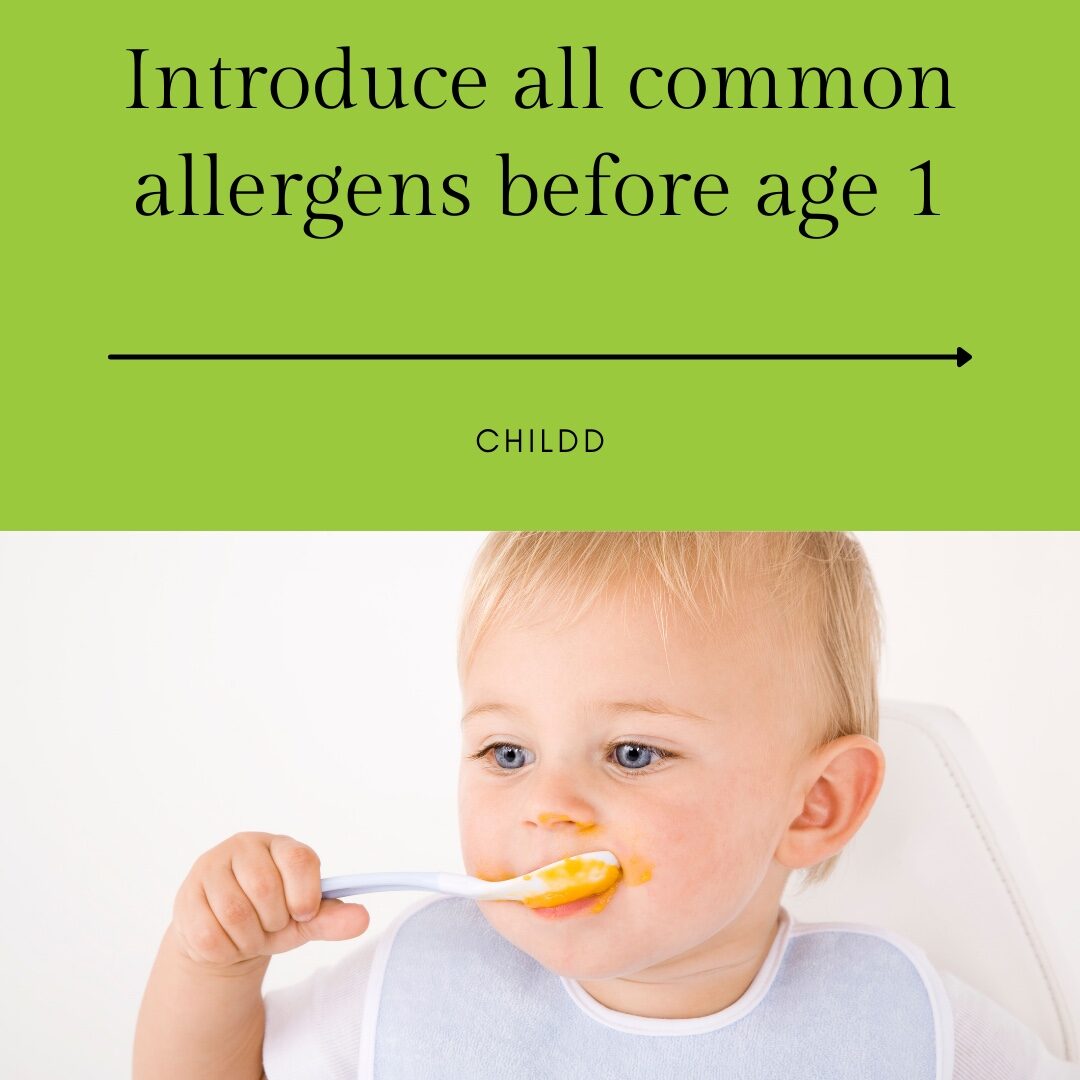Introducing solids to babies
In my work as a paediatric allergy dietitian I am often talking to families about introducing solid foods to babies. There has been rapid change in advice over the last few decades so there is often confusion about what to do. Luckily there are some user friendly resources available from the Nip Allergies in the Bub website. Nip Allergies in the Bub is a project undertaken by the National Allergy Council (NAC) which delivers a wide range of educational resources to help improve the lives of people living with food allergy.
Families are now bombarded with advice about when is the best time to introduce solids. In the 2000’s people have recommended exclusive breastfeeding until 6 months of age, and in the 1970 and 80’ it was “give them solids early to fill them upâ€. Currently, research shows us that each baby develops differently and we need to look for signs that they are developmentally ready for solid foods. These signs include:
- Your baby has good head and neck control and can sit upright when supported.
- Your baby shows an interest in food. For example, they look at or reach out for your food.
- Your baby opens their mouth when offered food on a spoon.
- Your baby has an increased appetite, is feeding more often, and wants more breast milk or formula at the end of their usual feed.
When your baby is ready you can start to offer them smooth purees whilst they are sitting supported in an highchair. It is recommended that you start with iron rich foods such as fortified baby cereals, egg, beans, lentils, soft cooked and pureed meat with vegetables, fruits and grains. Ideally babies would be fed a texture modified version of the family meal and sit with their family during the meal to learn how to eat by watching their family members.
It is important to always stay with your baby or young child when they are eating. Have them seated to make it easier for them to eat and for you to watch them. Offer your baby food that is the right texture for their developmental stage – babies should move from smooth foods (pureed or mashed) to more textured foods (soft and lumpy), to soft finger foods (8-9 months of age) to cut-up foods by one year of age.
Once babies have a range of vegetables, fruits, meats and grains in the diet it is advisable to introduce the common food allergens to prevent food allergy. There are many resources at the Nip Allergies in the Bub website to provide advice about how to do this. Once the potential allergen is tolerated it is important to keep in the diet babies diet 1 – 3 times per week.
https://preventallergies.org.au/feeding-your-baby/
https://preventallergies.org.au/feeding-your-baby/introducing-solid-foods/



